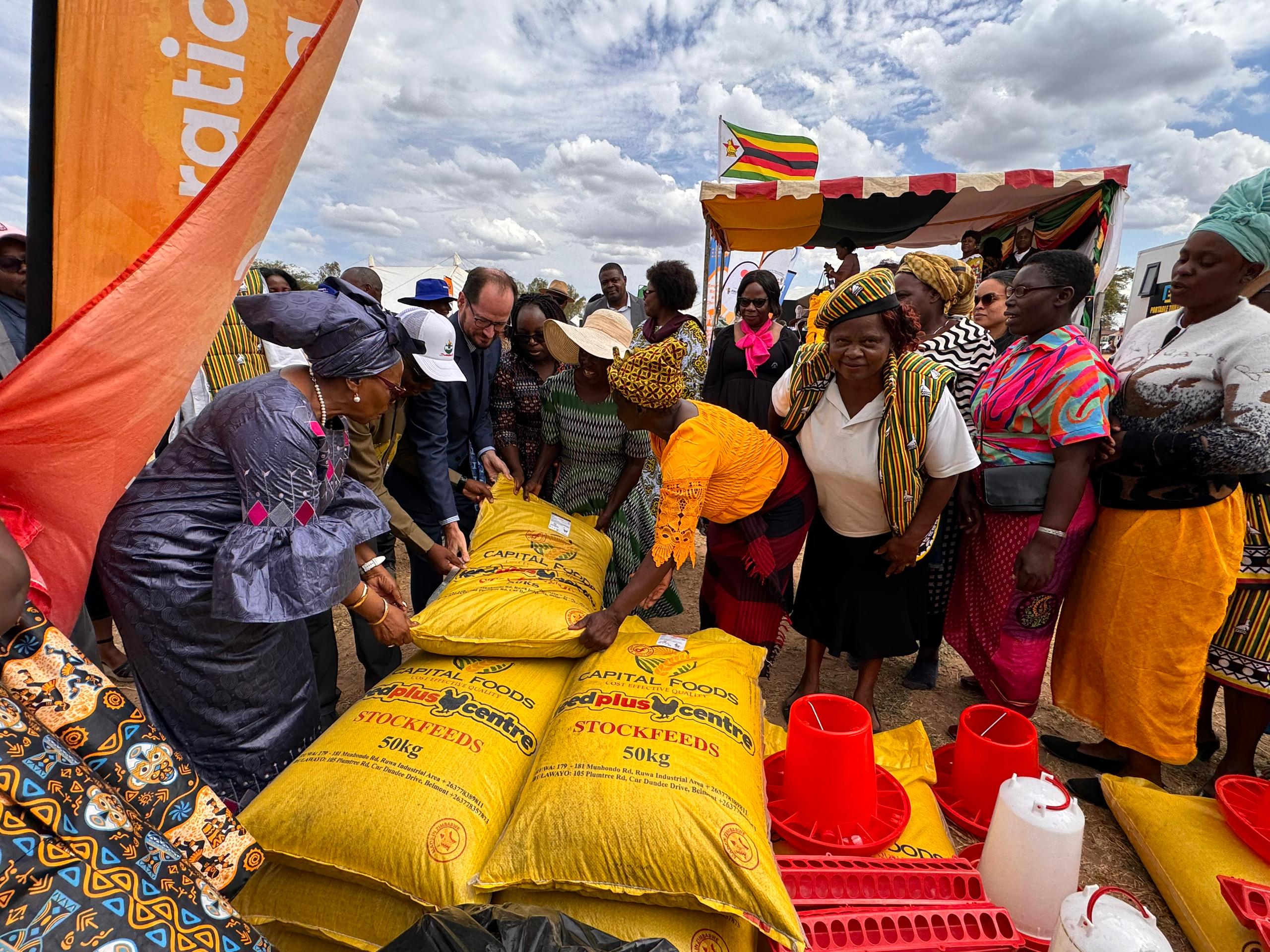
President of the Republic of Zimbabwe Emmerson Dambudzo Mnangagwa
By George Swarei
The Southern African Development Community (SADC) is at a pivotal juncture in its economic evolution. Pursuing its regional development agenda, the 16-member bloc is witnessing collective progress in trade, investment, and policy landscapes.
To achieve sustainable development goals and avoid falling behind, SADC has set priorities, including boosting infrastructure, driving industrialization, and enhancing the business climate to attract foreign investments, among other commitments.
As member states continue to explore ways to work together to unlock the region’s full potential and promote inclusive development, leaders are making concerted efforts to turn these aspirations into reality.
Officially opening the 7th SADC Industrialisation Week in Harare this, Zimbabwe’s president Emmerson Mnangagwa reminded the region of the urgent need for the region to transition from factor-driven economies—relying heavily on natural resources and labor—to knowledge-based economies powered by innovation, technology, and a skilled workforce.
This transition is not merely a developmental aspiration but a strategic necessity for SADC countries to achieve long-term economic resilience and global competitiveness.
In this article, we assess the status quo of SADC region to identify its opportunities, strengths, ongoing efforts and areas for improvement.
Natural Endowments: The Foundation of Factor-Driven Economies
SADC countries are richly endowed with natural resources, which have historically formed the backbone of their economies. Here are some highlights from a few countries in the region.
South Africa
South Africa stands out as one of the world’s largest producers of minerals such as gold, platinum, and diamonds. Its well-developed mining sector has driven economic growth for decades, but the country now faces the challenge of diversifying its economy and reducing its dependence on raw material exports.
Botswana
Botswana has similarly relied on diamonds, which have been a cornerstone of its economic success. However, the government is increasingly focused on economic diversification, particularly through investment in tourism, financial services, and innovation in the mining sector.
Zambia and DR Congo
Zambia and DR Congo are both heavily reliant on copper, with the former being Africa’s second-largest producer. The global demand for copper has been a double-edged sword, providing substantial revenue but also exposing these countries to market volatility. Diversification into other minerals and industries is increasingly seen as crucial.
Angola
Angola has long been dependent on oil, which accounts for the majority of its GDP and exports. However, fluctuating oil prices have prompted the government to push for diversification into agriculture, mining, and manufacturing.
Tanzania and Mozambique
Tanzania and Mozambique are rich in natural gas reserves, which have the potential to transform their economies. However, the challenge lies in ensuring that the revenues from these resources are invested in long-term economic development rather than short-term gains.
These factor-driven economies, while advantageous, have made SADC countries vulnerable to global commodity price fluctuations and have limited their ability to add value to their exports. This reality underscores the necessity of transitioning to knowledge-based economies.
Human Capital: The Engine of Knowledge-Based Economies
The transition to knowledge-based economies requires substantial investment in human capital—an area where SADC countries have made varying levels of progress.
Mauritius is often highlighted as a model for others in the region, having successfully transitioned from an economy dependent on sugar exports to one driven by services, tourism, and financial sectors. The country’s investment in education, particularly in IT and financial services, has paid dividends in positioning Mauritius as a hub for knowledge-based industries.
Zimbabwe has historically been known for its high literacy rates and strong education system. However, economic challenges have hampered its ability to fully leverage this human capital. The government’s recent focus on the Heritage Based Education 5.0 Policy, which emphasizes science, technology, and innovation, reflects a strategic effort to bridge the technology gap and enhance the country’s global competitiveness.
Namibia and Eswatini have also prioritized education and skill development, recognizing that a well-educated workforce is essential for attracting investment in high-tech and innovative industries. Both countries are working to align their educational systems with the needs of a modern economy, focusing on STEM (Science, Technology, Engineering, and Mathematics) education.
Malawi and Lesotho, are making strides in improving access to education and technical training. These efforts are crucial for ensuring that their populations can participate in and benefit from the knowledge-based economy.
National Development Agendas: Paving the Way for Industrialisation
Each SADC member state has outlined national development agendas that reflect their commitment to industrialization and economic transformation.
South Africa’s National Development Plan (NDP) aims to eliminate poverty and reduce inequality by 2030 through inclusive growth, with a strong emphasis on expanding the manufacturing sector and investing in innovation and technology.
Tanzania’s Vision 2025 seeks to transform the country into a middle-income economy, focusing on industrialization, human resource development, and the modernization of agriculture. The government is keen on harnessing its natural gas reserves to fuel industrial growth.
Zambia’s Seventh National Development Plan prioritizes economic diversification and job creation, particularly through the development of the manufacturing sector and the promotion of value addition in mining.
Angola’s National Development Plan 2018-2022 highlights the need for economic diversification away from oil dependency, with key focus areas including infrastructure development, human capital investment, and the promotion of private sector-led growth.
Namibia’s Harambee Prosperity Plan underscores the importance of economic diversification, with a specific focus on logistics, tourism, manufacturing, and agriculture. The government is also investing in renewable energy as part of its broader industrialization strategy.
The overarching theme across these national agendas is a recognition that industrialization must be driven by a strong foundation of knowledge, innovation, and technology. However, the success of these strategies hinges on the ability of SADC countries to create enabling environments for business, foster regional cooperation, and invest in the infrastructure necessary for a knowledge-based economy.
The Path Forward
As SADC countries navigate the transition from factor-driven to knowledge-based economies, the role of regional cooperation cannot be overstated. The integration of regional value chains, the harmonization of policies, and the sharing of best practices will be critical to achieving collective prosperity.
President Mnangagwa’s call for substantial investments in technology, innovation, and research and development reflects a strategic shift that is essential for the region’s future. For SADC to achieve long-term economic resilience and competitiveness on the global stage, it must embrace this journey towards knowledge-based economies, leveraging its natural endowments and human capital to build a more sustainable and prosperous future.

